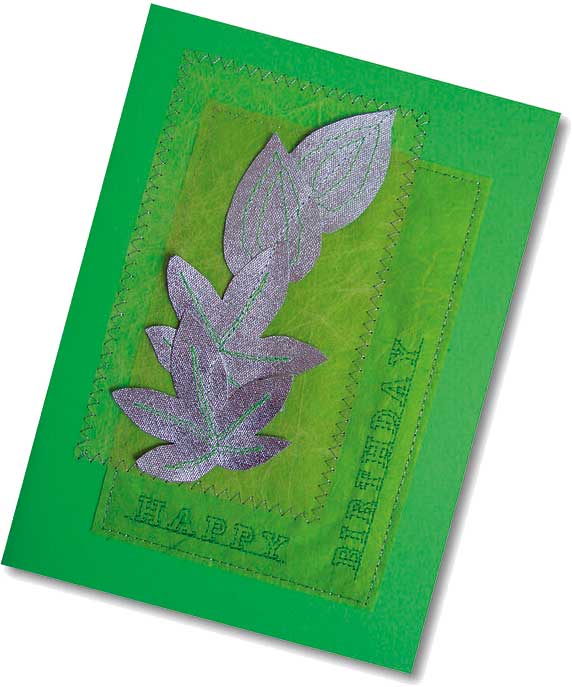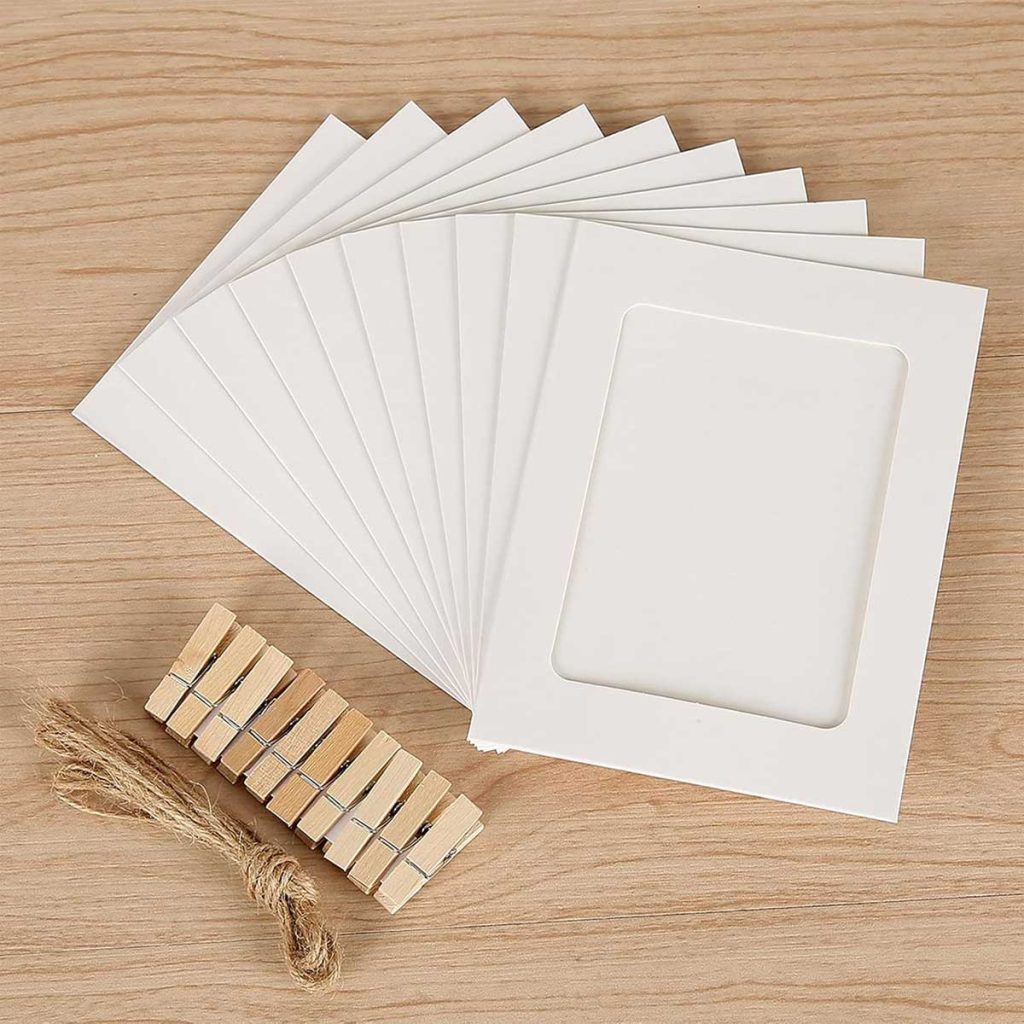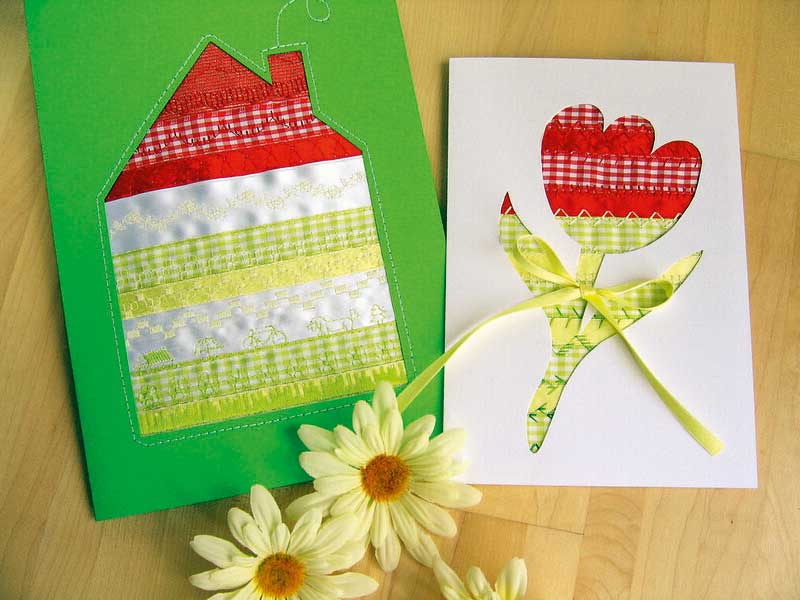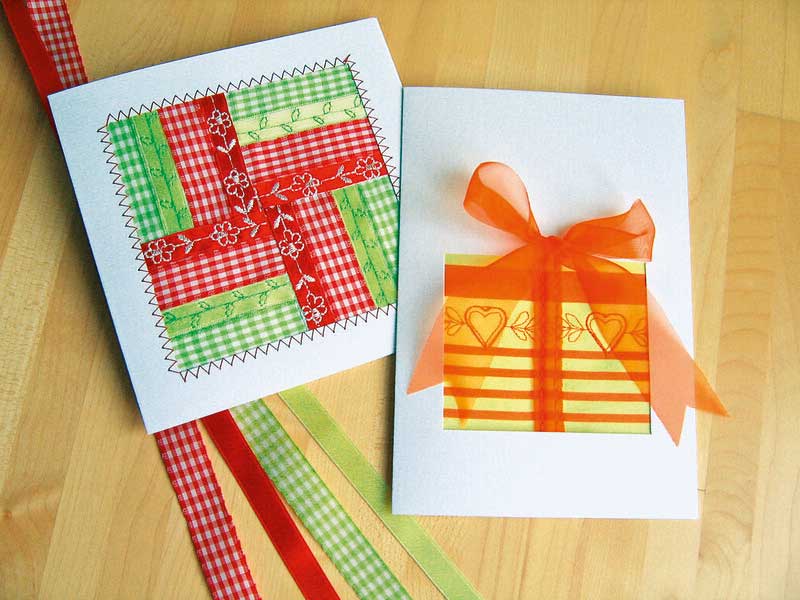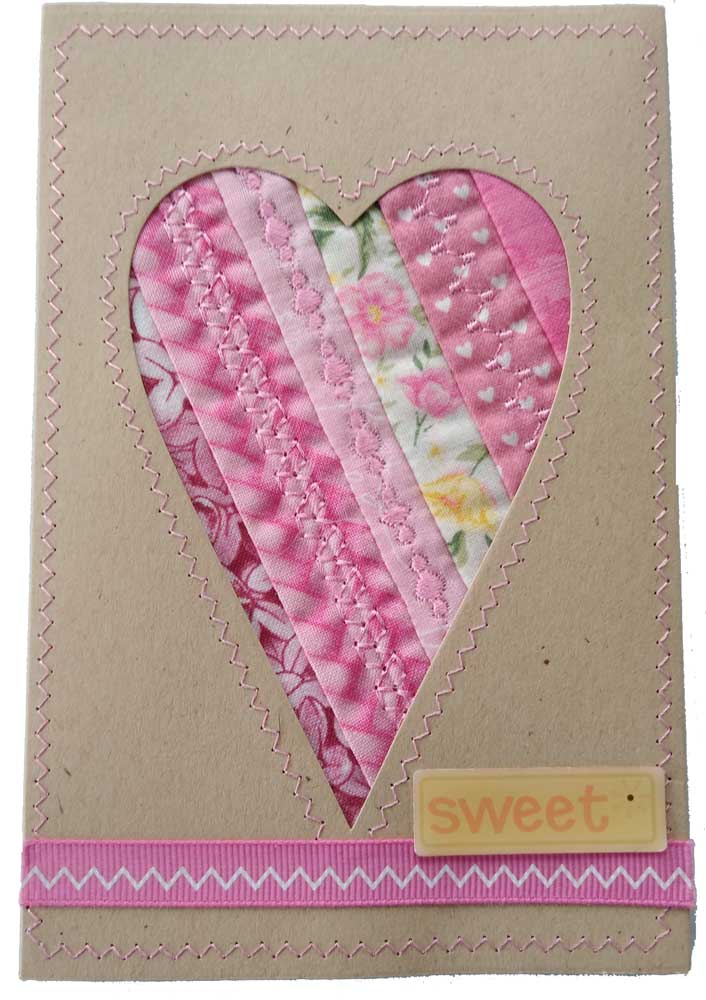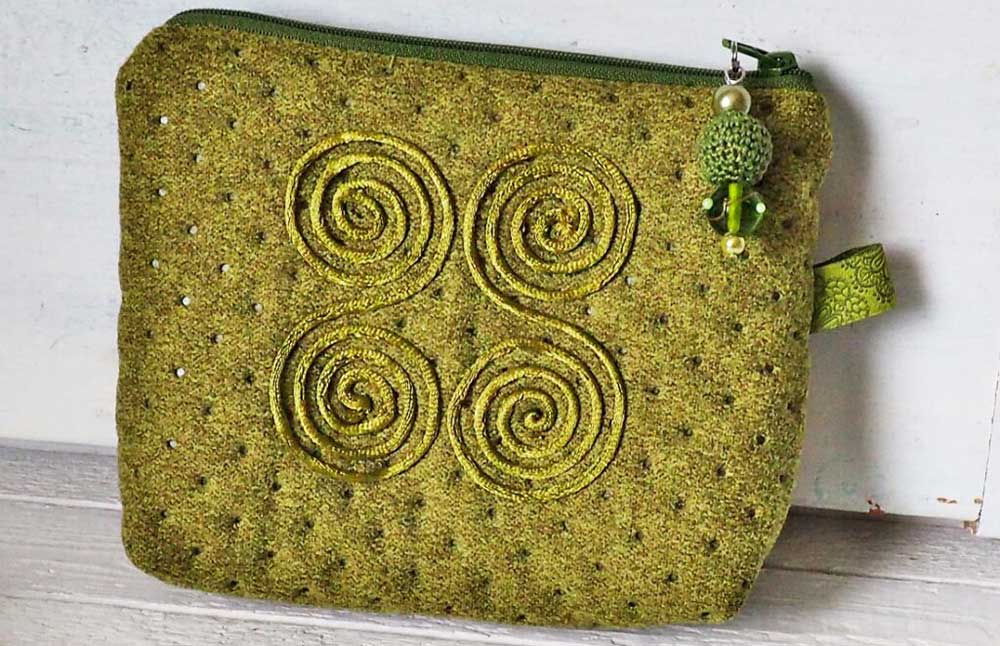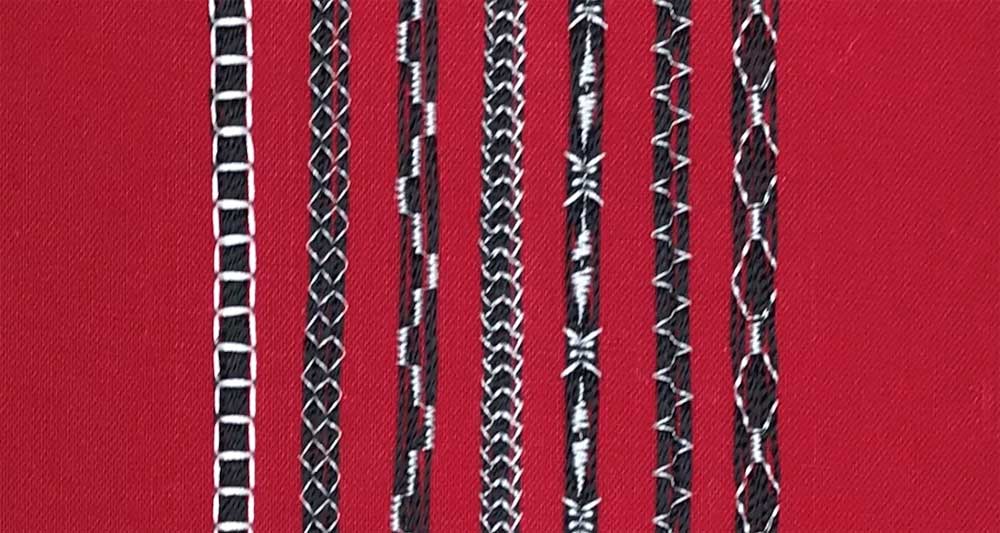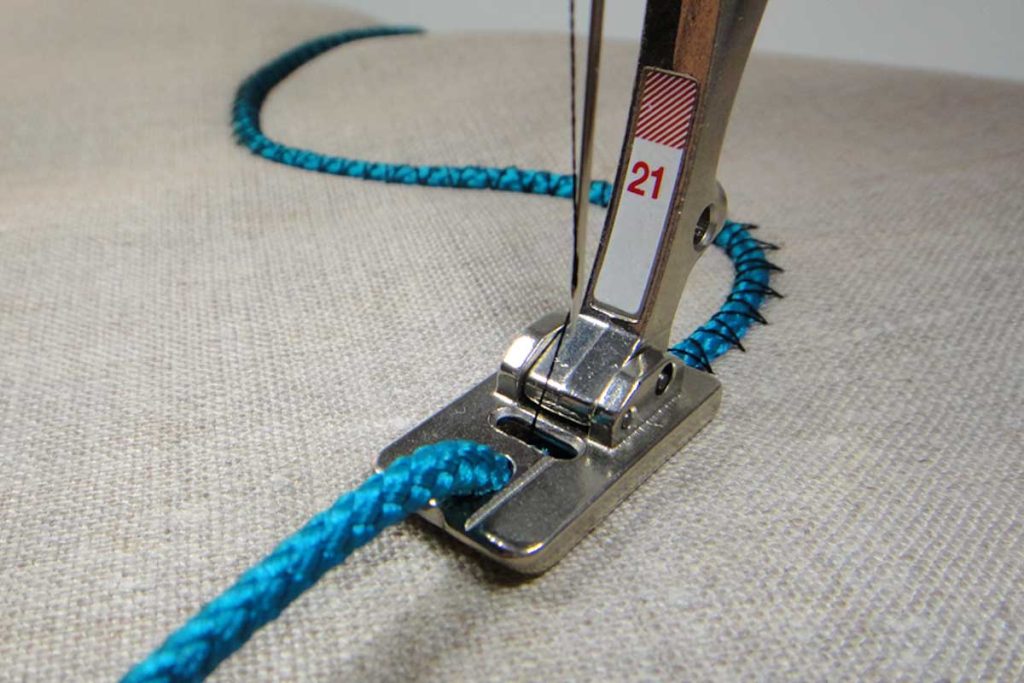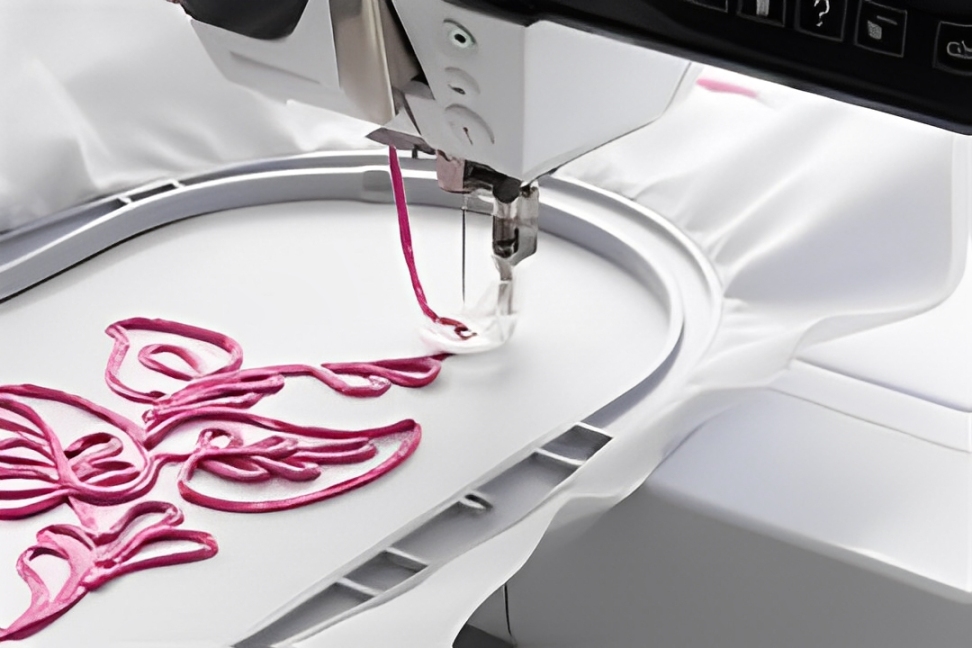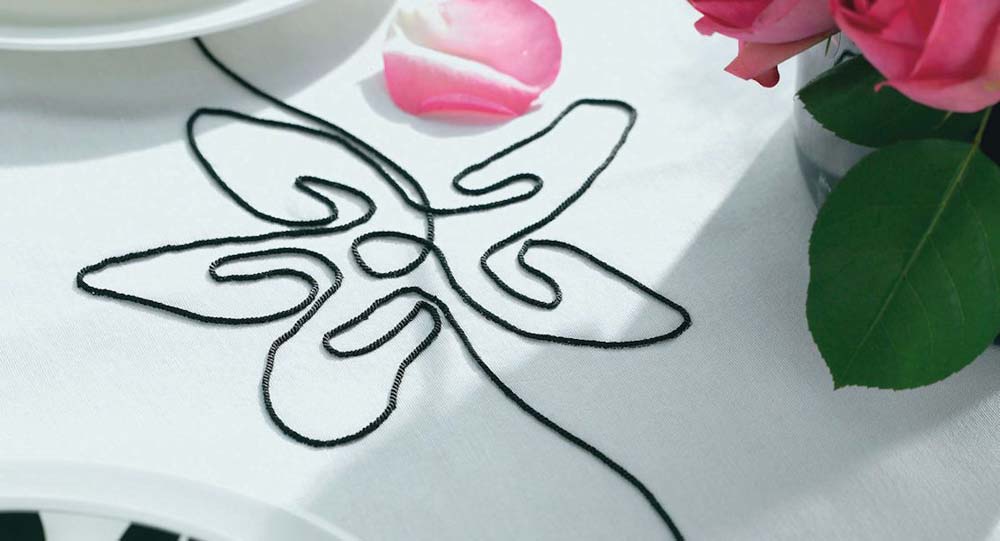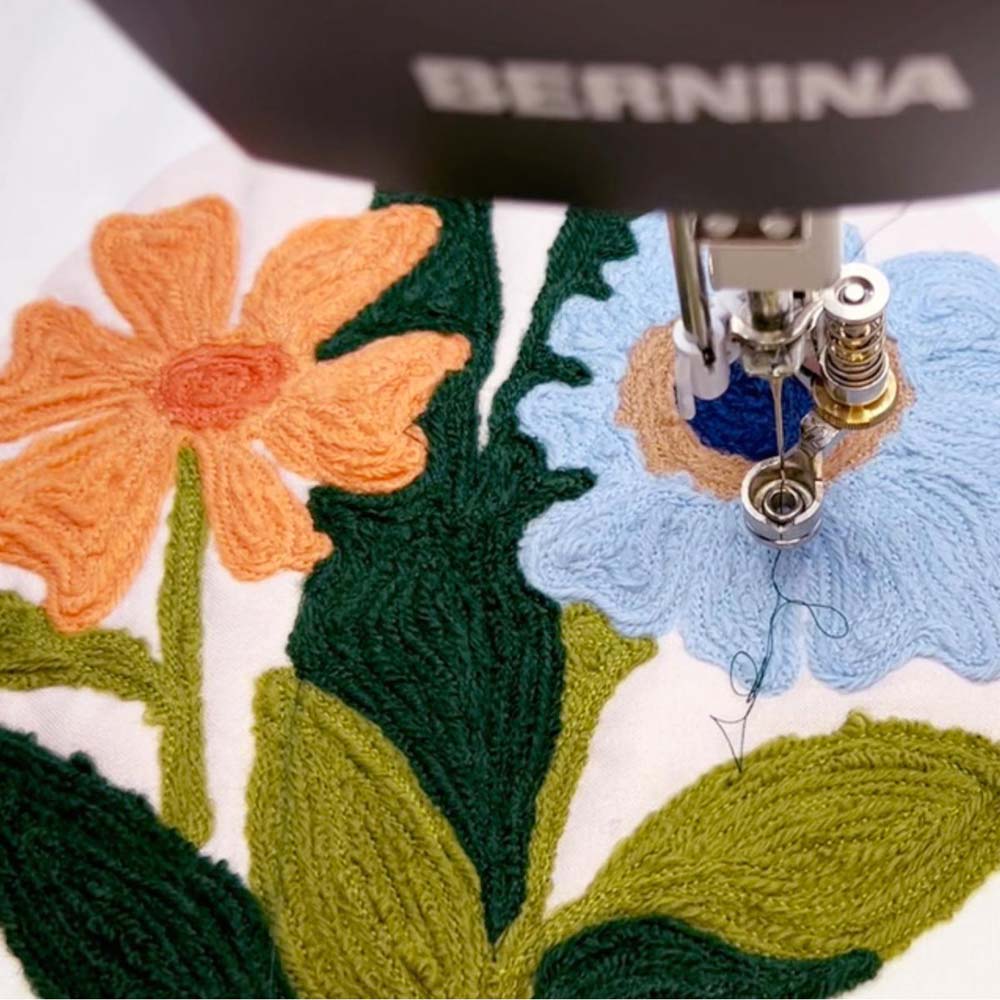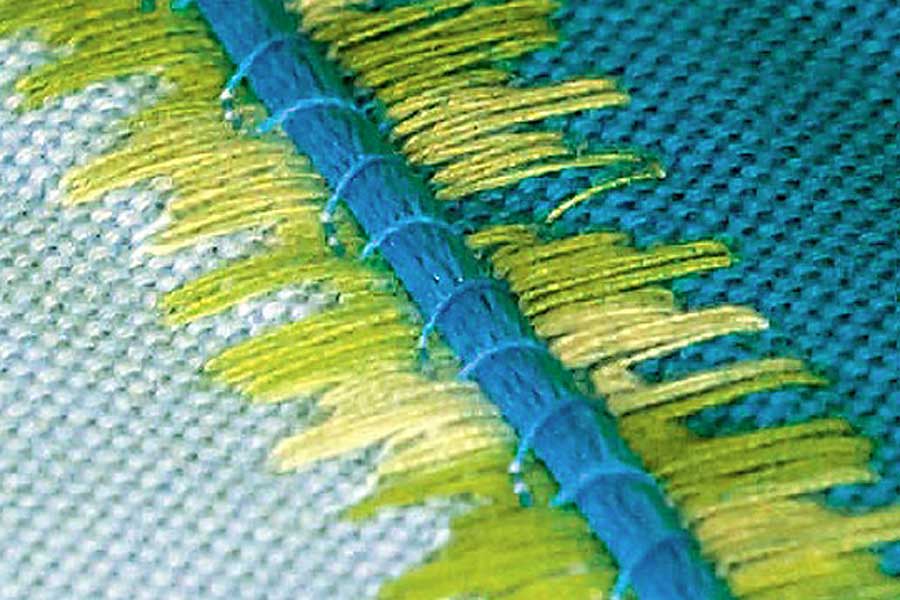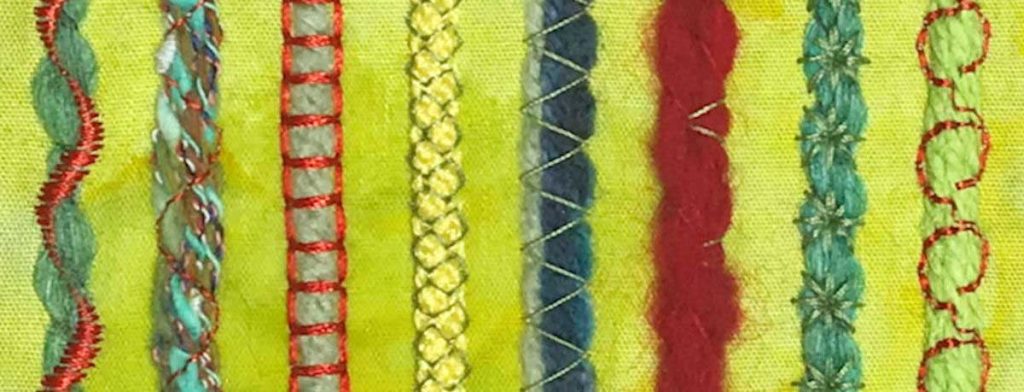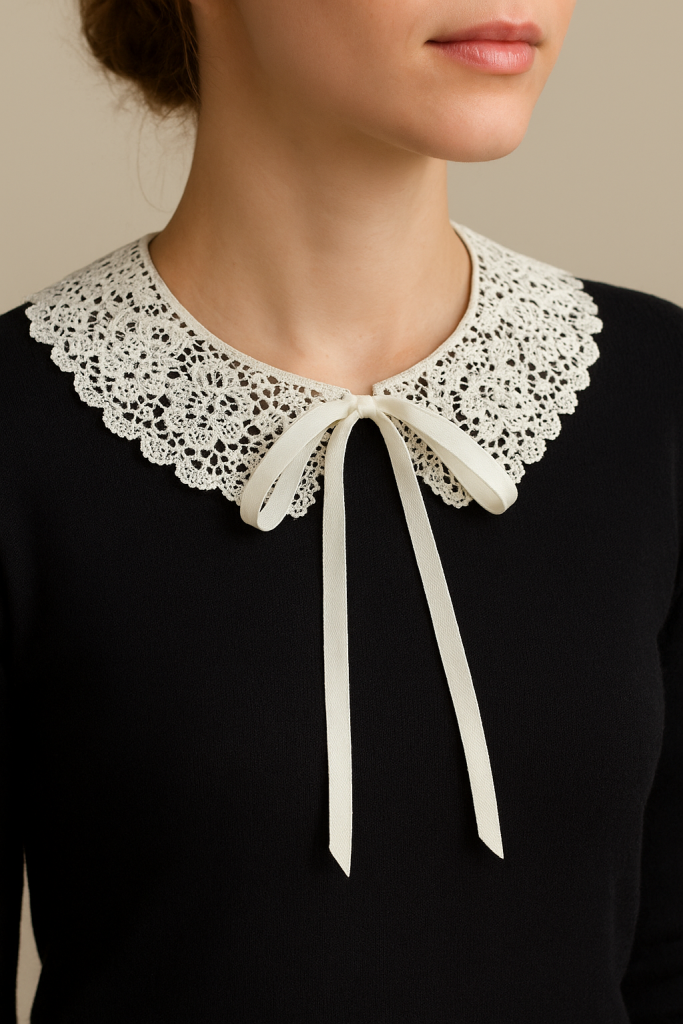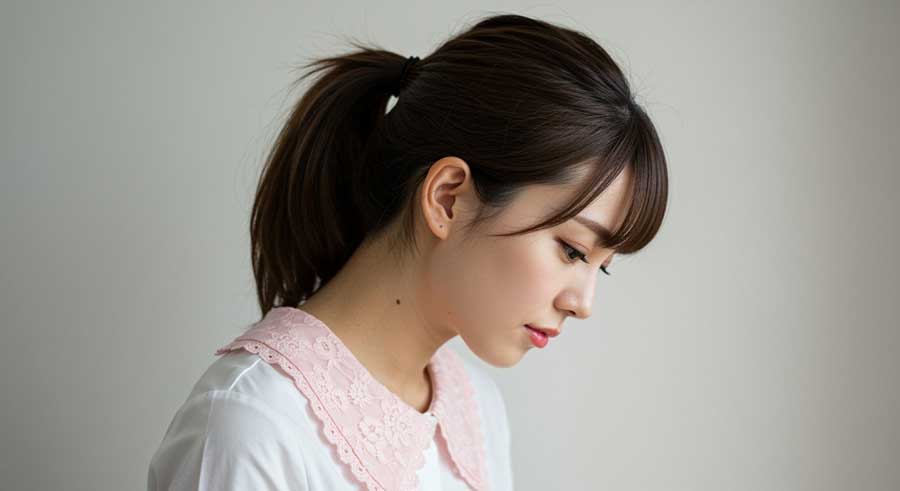Sewing pants can be as simple or as challenging as the style you choose. For results that look truly professional, concentrate on three essentials: precise preparation for fit, skillful execution, and flawless finishing. Meticulous pressing, accurate cutting, and well-placed fitting adjustments are the details that elevate your work from homemade to high-end.
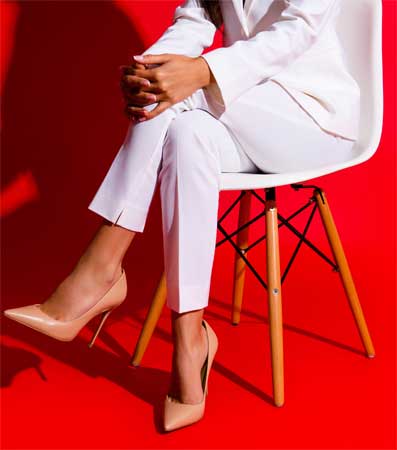
- Cut with precision on the grain. Carefully align your pattern pieces with the fabric’s grainline to ensure the pants hang correctly and avoid leg twist, which is especially important for tight-fitting pants with stretch.
- Press every seam as you sew. First press the seam flat to “set” the stitches, then open the seam allowances and press them flat.
- Pocket openings should lay flat against the body.
- To avoid ripples in your seams when stitching, apply a bit of pressure to the seam on each side of the needle as you are sewing.
- Handle waistbands with care: Use a medium-weight, not-stiff interfacing for your waistband. For a perfect fit, divide the waistband and pants in fourths to align and distribute gathers or ease evenly. For elastic waistbands, use wide elastic in a snug casing to prevent twisting.
- For a clean finish on a fly-front zipper, interface the facing for extra stability and use a template when topstitching.
- Reinforce the bottom of the fly front curve with bar tacks using a dense zigzag stitch. This secures the zipper shield and reinforces a high-stress area.
- Pants should be hemmed with a slight angle to the back, with no more than a 1/2″ to 1″ hem. However, note that in some cases, a deeper hem will give more weight and help the pants hang better.
- Pleats should be pressed flat above the crotch line. If you like the crease in the pants to run the entire length of the leg, it should merge with the crease in the pleat.
Suggested Seam Allowances
Professional designers can often spot a home-sewn garment by its standard 5/8″ seam allowance, which can influence how the seam—and even the entire garment—hangs. The graphic below highlights the seam allowances more commonly used by designers.
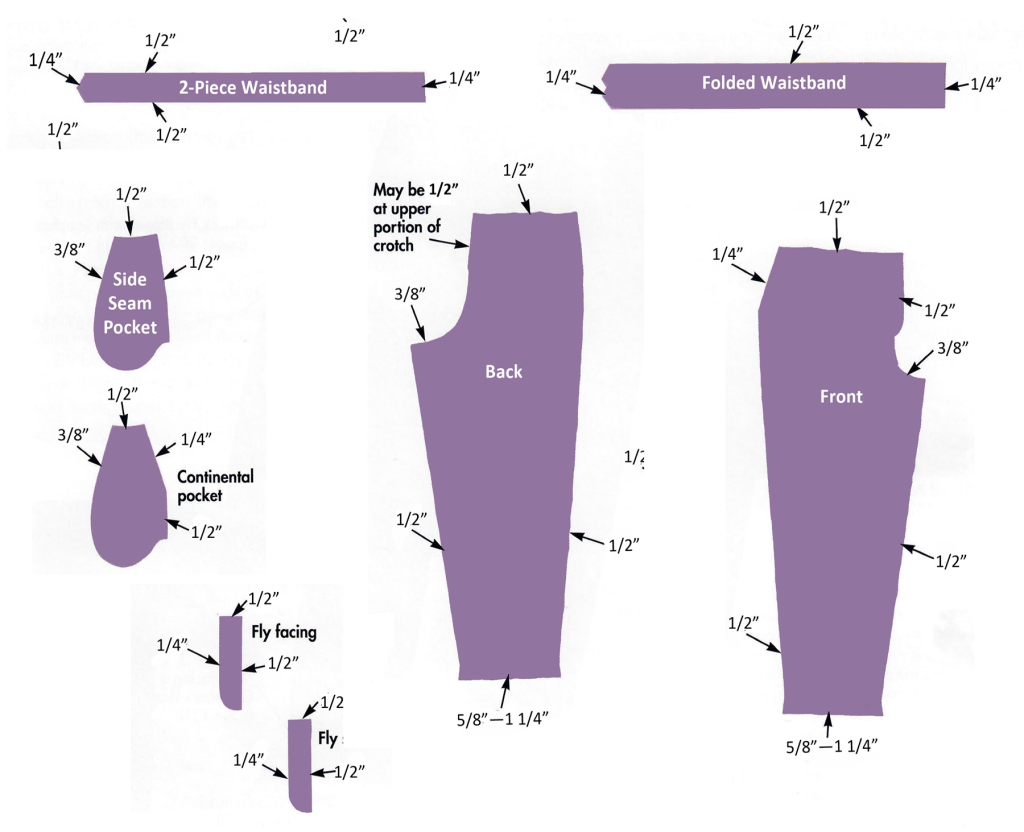
A Bunch of Tips to Sew Better Pants
Cornelius Quiring started a personal journey to create adaptive clothing to fit his own body that had been damaged in a farm accident. His learning process has evolved into fitting and sewing tips that he shares with his viewers. This video shares tips on adjusting waistbands, crotch seams, and more.





